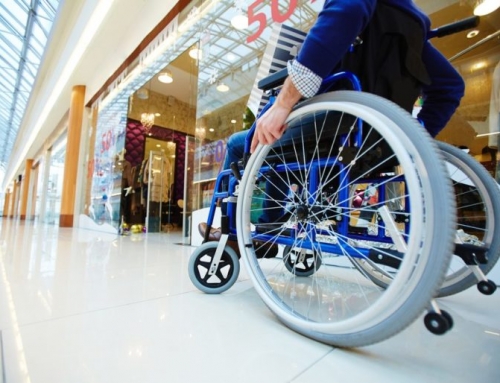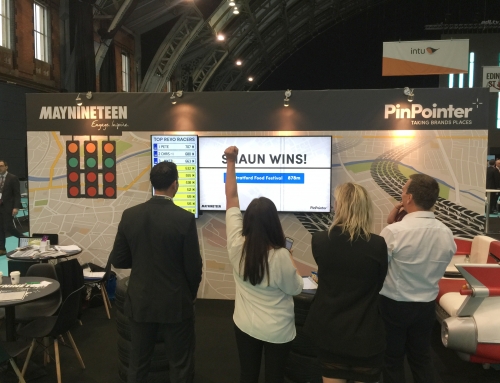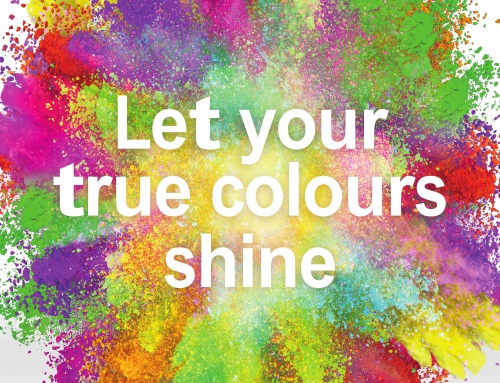Self-checkouts, grocery collection lockers and ‘food order ready’ alarms. Whether you’re out for a pint of milk or a quick meal in town, service technology is now a common feature of the customer journey.
Retailers could be forgiven for thinking our ready adoption of this technology is a sign we’re doing enough to evolve.
Yet, 51% of millennials claim they would find an in-store visit more exciting if the retailer used technology according to research from Euclid. With technology innovation fast and fierce, it’s key to identify the customer benefit before investing.
We take a look at three of the most topical retail technology innovations today and their benefits.
Augmented reality
Augmented Reality, two words which can perhaps fill bricks and mortar retailers with slight apprehension. More screen time, means less time in physical retail, right? Perhaps not.
IKEA’s ‘PLACE’ augmented reality app, lets users select items of furniture and place them at scale within their rooms. All via the lens of their phone cameras. Consumers can decide if the furniture complements the room style and if it will physically fit.
86% of consumers prefer to shop in store for furniture rather than online according to Walker Sands. IKEA have managed to balance consumer need to physically trial products in store, with the practicalities of bringing them home.
This complete showroom to home consideration model is a great example of augmented reality improving customer service.
Voice integration
‘Alexa, what’s the weather like today?’, an increasingly common question as Amazon noted global sales of 2.5 million of their Echo smart speaker over quarter one of 2018.
Yet while asking smart speakers to complete tasks such as reciting the weather forecast or playing a track, one core feature of the tech hasn’t been adopted so widely; shopping. Only 7% of users are using the tech to shop according to a study by Code Computerlove.

Argos are utilising their trusted brand credentials here to convert smart speaker users to store level sales. The retailer have announced a partnership with Google, where Argos enabled Google Home speakers can search and reserve stock in local stores.
The partnership seeks to drive store footfall and capitalises on consumer trust in an established high street brand. Brand trust is a little harder to create amongst faceless online marketplace sellers.
Beacons
In the last year, US retail giants Target, Macy’s and BestBuy have all rolled out beacon technology in store. Using opt in apps, consumers are notified where interest items are when they enter a store and of active offers.
The technology aims to improve the customer pathway throughout the store by equipping retailers with details on customer browsing and buying patterns. This insight can help retailers to merchandise stores in ways that better attract customers.
Data driven merchandising can set stores up for greater sales success and allow cost efficient management of inventory.
Successful implementation of all technology is dependent on the people behind it. Helpful staff that promote its usage as part of the full customer service mix are key.
The need for quality in person service is echoed by the Customer Service Institute. Their annual customer satisfaction survey found that of the top 10 UK organisations which ranked the highest for customer satisfaction, 86% of their customers commended their in person service.
The key take out for bricks and mortar retailers is that technology implementation does not mean the demise of the physical store. When technology and people are aligned cleverly, the store can become a more attractive space to shop and deliver improved customer service.















